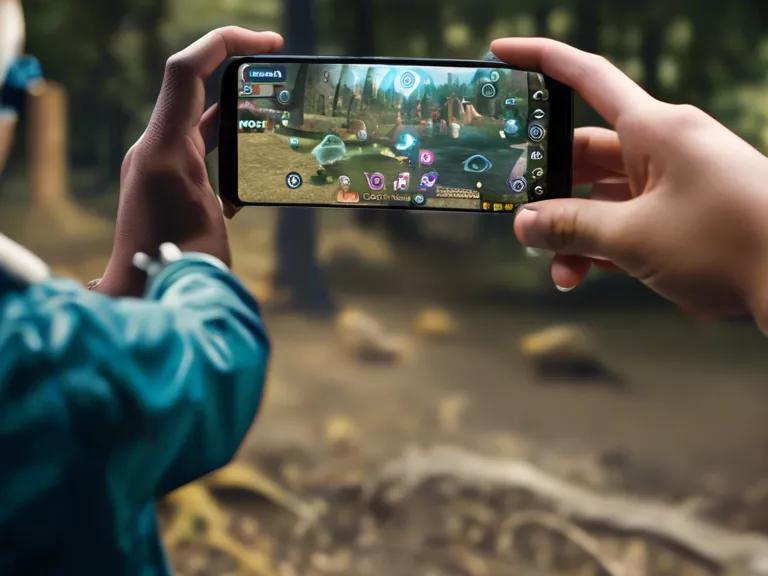
Mobile augmented reality (AR) games are changing the way people interact with and explore the world around them. Popular games like Pokemon Go and Harry Potter: Wizards Unite have brought AR technology into the mainstream, encouraging players to get outside and explore their surroundings in search of virtual creatures and landmarks. This shift towards real-world exploration has had a significant impact on engagement levels and physical activity among players.
One of the main benefits of mobile AR games is their ability to blend the digital and physical worlds seamlessly. By using a smartphone or tablet as a window into the game world, players can see virtual creatures and objects overlaid on their real-life surroundings. This interactive experience encourages players to get outside and explore their neighborhoods, parks, and other public spaces in search of new adventures.
Furthermore, mobile AR games often incorporate location-based features, requiring players to visit specific real-world locations to complete in-game tasks or find rare items. This has led to a resurgence of interest in local landmarks and hidden gems, as players discover new places in their own communities that they may not have visited before. In turn, this increased foot traffic can have positive impacts on local businesses and tourism.
In addition to promoting physical activity and exploration, mobile AR games also foster a sense of community among players. Many games include social features that allow players to team up with others, compete in challenges, and organize real-world meetups and events. This sense of camaraderie and shared experience can enhance player engagement and encourage long-term participation in the game.
Overall, the impact of mobile AR games on real-world exploration and engagement is undeniable. By combining technology with physical activity and community interaction, these games have the power to change how people interact with their surroundings and each other. As AR technology continues to evolve, we can expect even more innovative and immersive experiences that bring the virtual and real worlds closer together.



